A very frequent issue this spring on many farms was that of lame cows. Last week, I spent the day with Ger Cusack, a vet in Waterford who specialises in lameness. We were discussing this issue and the fact that it now is a particular concern on many farms in relation to infectious causes of lameness.
The UCD veterinary school recently worked out the cost per case of lameness and conservatively estimated it to be €275. This was a combination of direct and indirect costs. It is also now a huge welfare concern. When people talk about welfare on farms, lameness is a very good place to start. Why? It is a very visual sign of pain in cows. So, if there are lots of lame cows on a farm, could it be said that there are lots of welfare issues?
What are the common types of lameness we are seeing?
1. White line disease.
2. Solar ulcers.
3. Sole bruising.
4. Infections: fouls and digital dermatitis (mortellarros).
Like most other conditions, lameness can be seen increasingly in dairy herds that are expanding.
So, what are the risk factors for lameness?
1. Poor walking or standing surfaces, roadways and collecting yards.
2. Walking long distances and standing for long times.
It makes sense, I know, that the more pressure on feet the more likely it is for injury. Ger discussed the fact that we should look at particular risk points such as:
1. Sharp bends (parlour exit).
2. Slippery or worn concrete.
3. Narrow passages.
4. Yard and roadway junctions (where abrupt surface changes).
So, we then discussed the practical ways to reduce trauma to the hooves:
1. Raising/trunking up areas where water and muck gather.
2. Any areas where wet, mucky conditions build up allows for the spread of infectious foot problems.
3. It is very important to be patient and allow cows to travel at their own pace. Next time, watch a cow walking. She will carefully pick her steps.
4. Quad bikes or aggressive dogs are a big no. They tend to speed up cows and stop them picking their foot placement, leading to more hoof injuries.
5. Trying to minimise walking distances helps, but particularly once cows are identified as lame they should be kept near the parlour until lameness has resolved.
6. Roadways, in particular, are worth investing in. Ger discussed hoof-friendly farm roadways. There should be a high level of fine material on top and sharp stones should be avoided or removed. Keep water off roadways and particularly where roads meet concrete, surfaces should be swept regularly to avoid stones on concrete. These stones on concrete are very bad for hooves and are often the cause of excessive sole bruising injuries.
’Cow comfort’
We discussed at length the value of looking at and investing in ‘‘cow comfort’’. Ultimately, this will lead to cows standing less and lying more, and the overall benefits are extraordinary. Adequate feed space and cubicle lying space is essential to minimise lameness issues on farm. Cubicle size and length must fit and suit the type of cow on the farm. Allow for at least one cubicle per cow and also look at the lying surface to promote comfort. Studies have found that in the case of cows that rest for more than eight hours, every extra hour can lead to one litre more of milk. Wide access passages to allow good cow flow are also extremely important.
Cow flow is something we can assess both indoors and outdoors and this involves promoting natural flow and preventing bottlenecks, etc. One cost-effective solution worth considering is putting rubber down in risk areas, eg in the milking parlour, at feed barriers or any place that is slippery where cows could potentially fall.
Lame cows must be treated promptly and at-risk cows need regular foot-trimming. This is an area where I feel farmers can train themselves in basic footcare to save money and it also means that they can treat lame cows earlier themselves. With the ever-increasing issues with infectious foot lesions such as fouls and mortellaros, regular footbathing is essential. Identify the issue on your farm and put in long-term controls that will mean happier, healthier cows and more money in your pocket.
Read more
Read more from vet’s corner
A very frequent issue this spring on many farms was that of lame cows. Last week, I spent the day with Ger Cusack, a vet in Waterford who specialises in lameness. We were discussing this issue and the fact that it now is a particular concern on many farms in relation to infectious causes of lameness.
The UCD veterinary school recently worked out the cost per case of lameness and conservatively estimated it to be €275. This was a combination of direct and indirect costs. It is also now a huge welfare concern. When people talk about welfare on farms, lameness is a very good place to start. Why? It is a very visual sign of pain in cows. So, if there are lots of lame cows on a farm, could it be said that there are lots of welfare issues?
What are the common types of lameness we are seeing?
1. White line disease.
2. Solar ulcers.
3. Sole bruising.
4. Infections: fouls and digital dermatitis (mortellarros).
Like most other conditions, lameness can be seen increasingly in dairy herds that are expanding.
So, what are the risk factors for lameness?
1. Poor walking or standing surfaces, roadways and collecting yards.
2. Walking long distances and standing for long times.
It makes sense, I know, that the more pressure on feet the more likely it is for injury. Ger discussed the fact that we should look at particular risk points such as:
1. Sharp bends (parlour exit).
2. Slippery or worn concrete.
3. Narrow passages.
4. Yard and roadway junctions (where abrupt surface changes).
So, we then discussed the practical ways to reduce trauma to the hooves:
1. Raising/trunking up areas where water and muck gather.
2. Any areas where wet, mucky conditions build up allows for the spread of infectious foot problems.
3. It is very important to be patient and allow cows to travel at their own pace. Next time, watch a cow walking. She will carefully pick her steps.
4. Quad bikes or aggressive dogs are a big no. They tend to speed up cows and stop them picking their foot placement, leading to more hoof injuries.
5. Trying to minimise walking distances helps, but particularly once cows are identified as lame they should be kept near the parlour until lameness has resolved.
6. Roadways, in particular, are worth investing in. Ger discussed hoof-friendly farm roadways. There should be a high level of fine material on top and sharp stones should be avoided or removed. Keep water off roadways and particularly where roads meet concrete, surfaces should be swept regularly to avoid stones on concrete. These stones on concrete are very bad for hooves and are often the cause of excessive sole bruising injuries.
’Cow comfort’
We discussed at length the value of looking at and investing in ‘‘cow comfort’’. Ultimately, this will lead to cows standing less and lying more, and the overall benefits are extraordinary. Adequate feed space and cubicle lying space is essential to minimise lameness issues on farm. Cubicle size and length must fit and suit the type of cow on the farm. Allow for at least one cubicle per cow and also look at the lying surface to promote comfort. Studies have found that in the case of cows that rest for more than eight hours, every extra hour can lead to one litre more of milk. Wide access passages to allow good cow flow are also extremely important.
Cow flow is something we can assess both indoors and outdoors and this involves promoting natural flow and preventing bottlenecks, etc. One cost-effective solution worth considering is putting rubber down in risk areas, eg in the milking parlour, at feed barriers or any place that is slippery where cows could potentially fall.
Lame cows must be treated promptly and at-risk cows need regular foot-trimming. This is an area where I feel farmers can train themselves in basic footcare to save money and it also means that they can treat lame cows earlier themselves. With the ever-increasing issues with infectious foot lesions such as fouls and mortellaros, regular footbathing is essential. Identify the issue on your farm and put in long-term controls that will mean happier, healthier cows and more money in your pocket.
Read more
Read more from vet’s corner




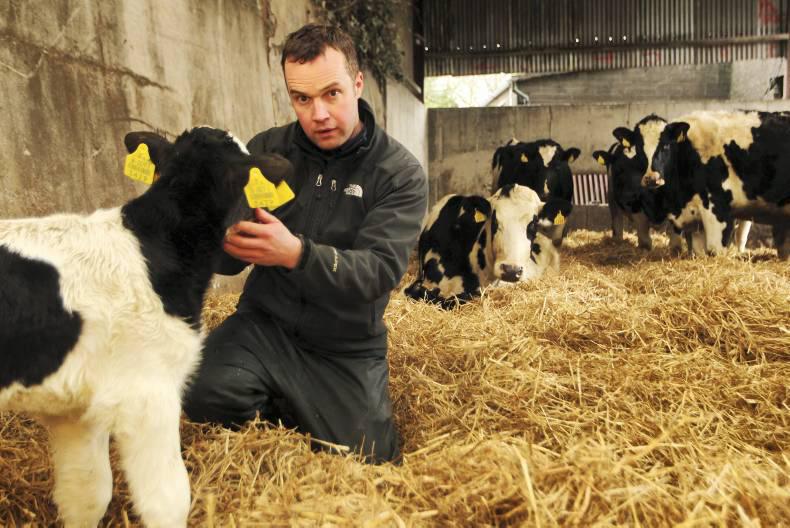
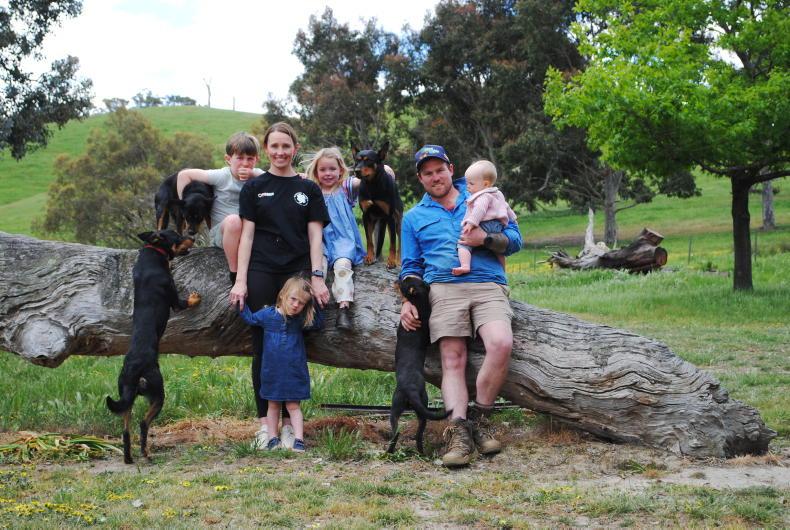

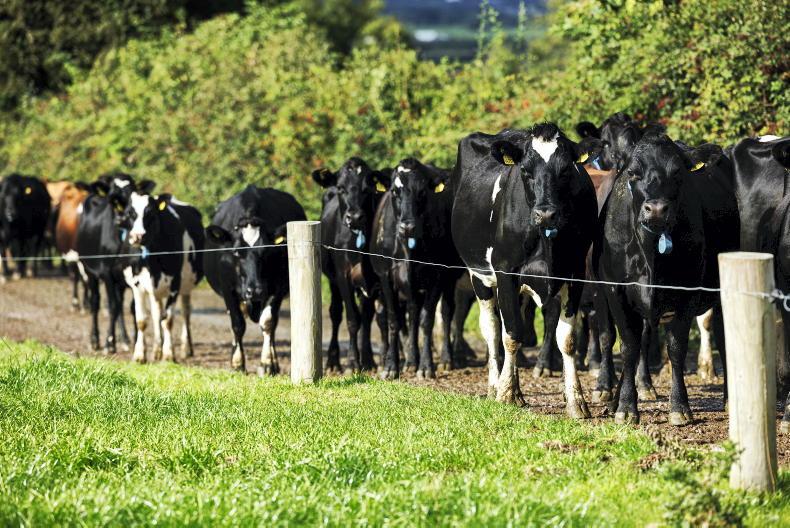
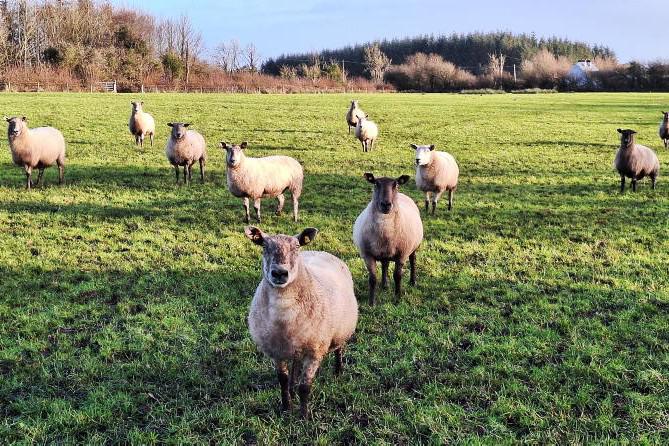
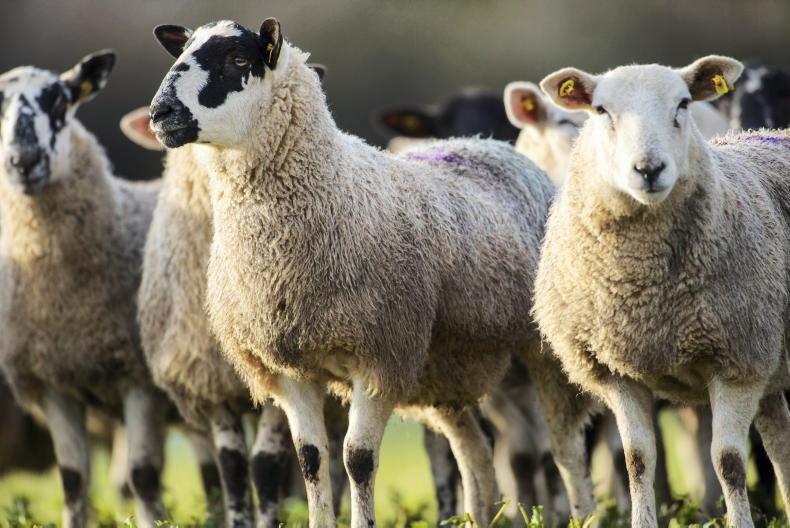
SHARING OPTIONS